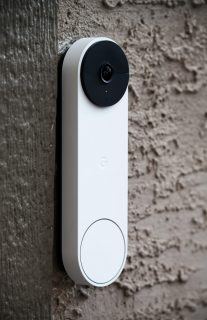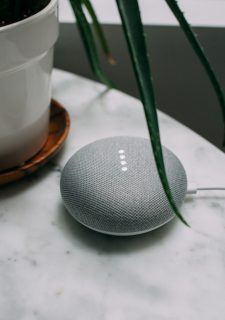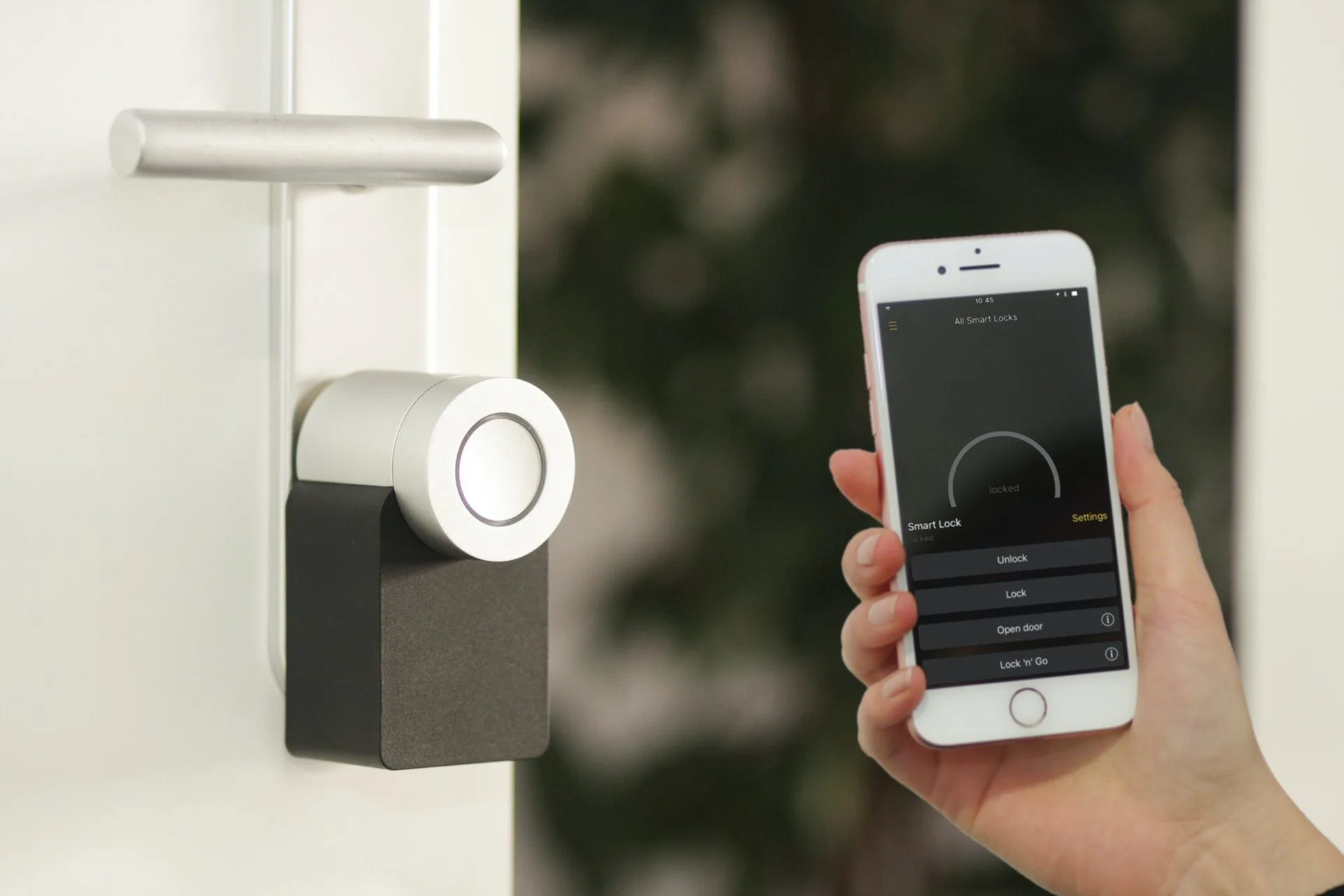Everything you need will be delivered to your door at the push of a button. Do you remember that vision? You’d have quick access to clothing, food, and banking.
We were surprised by the benefits of smart homes to patient care, and it’s surreal to think that this futuristic lifestyle is almost here. More significantly, it has built a connection to something far more than goods and services.
The Power Of Digitalization

Photo by Sharon McCutcheon on Unsplash
The “Amazon Effect” is changing healthcare, boosting patient care first policy. Digitalization is revolutionizing the way we obtain and sustain health care. Always-on technology enables us to take control of our own health, redefining our relationship with the medical system. With the help of AI and technology, self-care can be transformed, including video conferencing with doctors and remote patient monitoring.
The Aging Population
Personal care is in high demand, especially for people with chronic conditions like diabetes or dementia. According to recent data, the number of diabetics increased from 108 million in 1980 to 422 million in 2014.
Smart homes will soon be the norm in healthcare. This shift is being driven by unmet demand. According to one survey, over 40% of people aged 35 to 44 worry that their loved ones don’t tell them when they’re sick. Concern drives innovation: In a decade, one-third of smart homes will have health tech.
Chronic disease expenses are increasing financial strain on health care systems. Patients may benefit from less formal home-based care, reducing costs and enhancing their quality of life.
In an Innovation Index, quality of life was ranked as the third most important advantage of healthcare technology breakthroughs by 29% of respondents.
Almost half of the respondents ranked prevention third. They are thought to directly affect people’s health the most. Patients demand more autonomy as well as more openness and the ability to administer therapies at home. Patients need easy access to their medicines, and there are health websites that can deliver medication straight to their door.
The Benefits Of Smart Homes

Photo by James Yarema on Unsplash
Smart homes benefit the elderly and disabled, who are continually watched. Patients with dementia, severe pain, or limited movement can now live in homes designed for them. Digital health tools like online medical consultations and wearable sensors make real-time monitoring easier. Activating the alarm can alert emergency services or your family.
Virtual reality can aid with self-care in the privacy of one’s own home. Experiential information reminds parents and kids of the need for vaccines, personal hygiene, and healthy practices. Mentally ill patients can receive quality care in a familiar setting. Because of the headset and their computer literacy, high school athletes can recover faster with virtual reality physiotherapy.
The Aim
Smart Home technology aims to improve people’s lives and allow the elderly and disabled to live independently in their own homes. These adjustments reduce care recipients’ vulnerability and increase caregivers’ workload.
In terms of new caregiver candidates, technology can’t stop people’s natural desire to serve others. Thanks to the Internet of Experiences, anyone can access any experience at any time (IoE). Because of this, patients can receive individualized care that is more proactive.
Wearables and sensors can monitor health metrics like sleep quality and vital signs in a smart home network. These include ambulatory care, telemedicine, at-home drug delivery systems that reduce hospital visits, wearable devices that monitor vital signs, and a wide range of web services focused on prevention and behavior change. The interplay of citizens and their bodies will acquire a new level of harmony and autonomy as they monitor and regulate their own health.
Efficiency and Cost Savings

Photo by Charles Deluvio on Unsplash
Smart homes also save money and increase output. Although much work remains, there is a compelling commercial case for pursuing a linked home health vision.
Intel forecasts 200 billion smart devices by 2020. Smart-home devices are now growing at a CAGR of 31%, but this is predicted to jump to 42% by 2022.
The number of linked households is expected to snowball in the following years. The worldwide smart home industry is estimated to rise from $20 billion in 2014 to $140 billion in 2026.
Smart homes will revolutionize business, not just for investors. The idea of remote work is gaining traction, and a healthy household encourages continuous employee performance.
Connected homes may help hospitals by prioritizing critical patients and freeing up beds. According to the CDC, mental and chronic health concerns account for 90% of annual healthcare costs of $3.3 trillion. Patients who have been hospitalized frequently will be permitted to heal at home, saving hospitals money on rehabilitation and monitoring.
The US Leading The Way
Since 2001, the US has consistently outperformed the rest of the globe in this field. The cost of healthcare is nearly double that in Western Europe.
While China saw a surge in inventions and patents last year, it’s vital to remember that official support certainly had a role. Between 2007 and 2017, China’s patent applications increased by 600% to 1.3 million from 204,000. Patents are an essential aspect of China’s economic strategy, since they qualify businesses for government financing.
Only a few lower-middle-income countries made the top 10. Except for China, the world’s wealthiest nations are all developed. But India has made great strides in the last decade. The Indian government has invested heavily in the healthcare sector to improve public health. The country also needs new techniques to ensure everyone has access to high-quality healthcare. As a result, the government can invest in this technology.
The Promising Future
Connected self-care at home can improve business and healthcare outcomes. Data, technological, and moral issues must be addressed if residents and communities are to reap the true potential of smart homes. Important stakeholders must work together to develop patient and family safety measures.
Advocates and communicators for the linked home must improve. They must persuade 70% of seniors and 90% of women to explore virtual reality. The smart home can improve care and reduce burnout, not pose a threat to employment. The competition must also govern the interface between its own solutions and the underlying infrastructures.
The intricacy of AI, IoT devices, and Big Data will make integration tough, but the investment will be worthwhile. We will save lives and money by improving our healthcare system in a future society with connected houses. That vision is clear and within our grasp.
Who Is The Author
Ava Marino
 Ava is a business coach helping small companies generate awareness among large audiences. She helps them with everything from launching a business to keeping it running. He enjoys reading, writing, researching, and speaking about team motivation, leadership, remote work, and other topics.
Ava is a business coach helping small companies generate awareness among large audiences. She helps them with everything from launching a business to keeping it running. He enjoys reading, writing, researching, and speaking about team motivation, leadership, remote work, and other topics.





![women [longevity live]](https://longevitylive.com/wp-content/uploads/2020/01/photo-of-women-walking-down-the-street-1116984-100x100.jpg)









